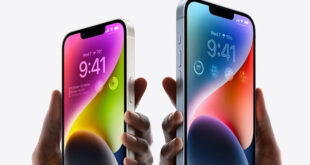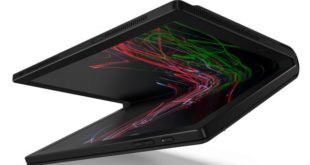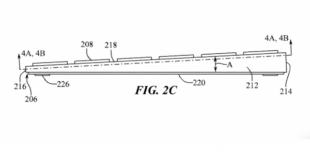
Apple’s upcoming $1,000 phone (or $1,100, or $1,200, depending on which rumors you believe) has been leaked as the iPhone X. Opinions are divided as to whether the company’s iPhone will dominate sales, but at least one prominent analyst is predicting it won’t — mostly because it’s going to be extremely difficult to find.
That’s the word from KGI Securities Analyst Ming-Chi Kuo, who has a fairly good track record of forecasting Apple products and availability. Kuo writes:
Due to component supply constraints, we estimate current production of the OLED iPhone at less than 10k units per day, which means the model will remain in severe short supply for a while. Furthermore, we estimate that the gold version of the OLED iPhone will encounter some production problems and will initially be available only in extremely low volume. There is even a chance that the gold version will go on sale at a later date than the other versions. However, we believe these shipment delays will have a limited impact on the shares of Apple and its supply chain members.
Kuo goes on to note that he expects Apple to debut 3D sensing (this is likely a reference to facial recognition) and that key to the feature’s success is the ability to replace fingerprint sensors with something better. Then again, he also thinks an improved selfie camera is key to the device’s success, which makes a part of me die inside just to type. Kuo agrees with a thousand-dollar base price, suggesting a final target of $1,100 or $1,200 for whatever storage-boosted options Apple offers (64GB base with a 256GB and 512GB upgrade is expected).
Image by Martin Hajek
Fewer than 10,000 units per day would mean Apple’s best-case quarterly production of the iPhone X at well below one million units per quarter. During its most recent quarter, Apple sold 41 million iPhones, and it wasn’t a launch window or the run-up to the holiday season. That suggests that no matter how many people might want an iPhone X, most of them better hope the rather more pedestrian iPhone 8 is up to their own personal standards.
In a way, this anniversary iPhone actually represents a risk for Apple. The company is obviously banking on consumers perceiving the hardware as an out-of-reach status symbol. As a longtime iPhone user currently eyeing an upgrade from the iPhone 5c to the iPhone SE, I’m obviously not the target market for an iPhone X. I’m also not the target market for a non-discounted, off-contract modern iPhone — the idea of paying $650 to $750 for a smartphone is only slightly less ludicrous to me than the idea of paying $1,000. The $400 price on an SE is a heavy enough lift for me to justify, which is why my iPhone 5c, with its approximately 45 minutes of battery life, is still my primary phone.
But the 5c is itself a cautionary tale: Apple expected to sell scads of 5c phones and a smaller quantity of 5s hardware. Instead, the 5s was the phone everyone wanted, and the 5c languished in comparative obscurity. Apple never attempted to create another budget device in the same fashion again; the iPhone SE may have a budget price (by Apple’s standards), but it’s marketed as a small iPhone, not the cheap iPhone.
If Apple has misjudged demand, it could wind up unable to build the product everyone wants, while supplies of the iPhone nobody is interested in languish on store shelves.
Don’t Expect Facial Recognition Miracles
One more thing. Don’t expect miracles from Apple when it comes to facial recognition, and don’t rely on the feature to lock your devices if you actually care about device security. Foolproof biometrics remain a pipe dream; both facial recognition software and fingerprint scanners have been repeatedly penetrated, typically within hours of companies insisting they’ve improved their latest products.
There are two problems with biometrics that aren’t unique to Apple. First, it’s extremely difficult to build a sensor that can accurately identify your face, but can’t be fooled by a picture of your face. This is a problem that may not get solved until we have biometrics that can simultaneously scan multiple types of data — for example, by having an integrated thermal/optical camera that can simultaneously photograph you and check for the kind of heat map a human face should show. Even then, there may be ways to bypass it. Count on nothing.
Second, don’t ever depend on a biometric security lockout that’s based on who you are. Courts have repeatedly ruled that you cannot prevent police officers from gathering fingerprints to unlock a device, because this information about you is based on who you are, not what you know. Facial scans fall under the same rubric. You won’t be able to depend on one to protect you legally, which means anyone who cares about device security should stick with passcodes, not biometric authentication.
 #Bizwhiznetwork.com Innovation ΛI |Technology News
#Bizwhiznetwork.com Innovation ΛI |Technology News




